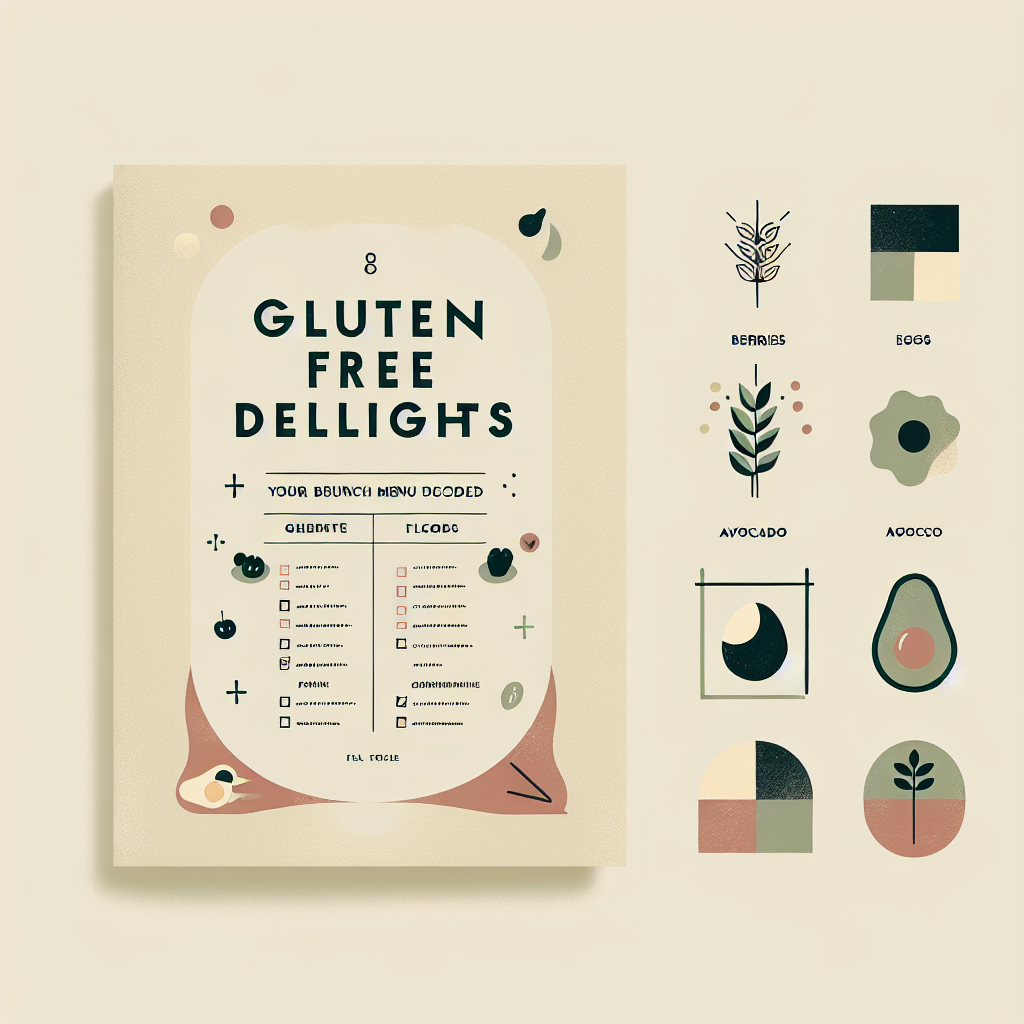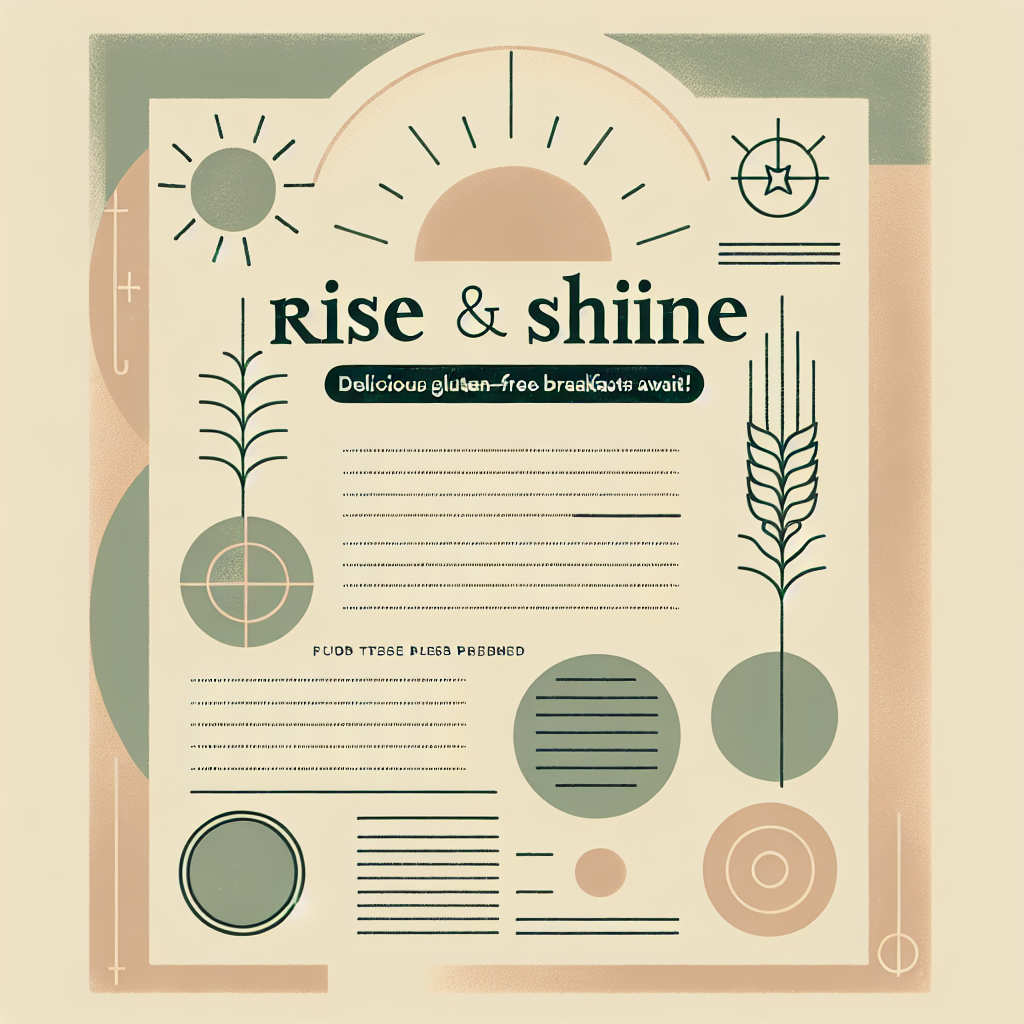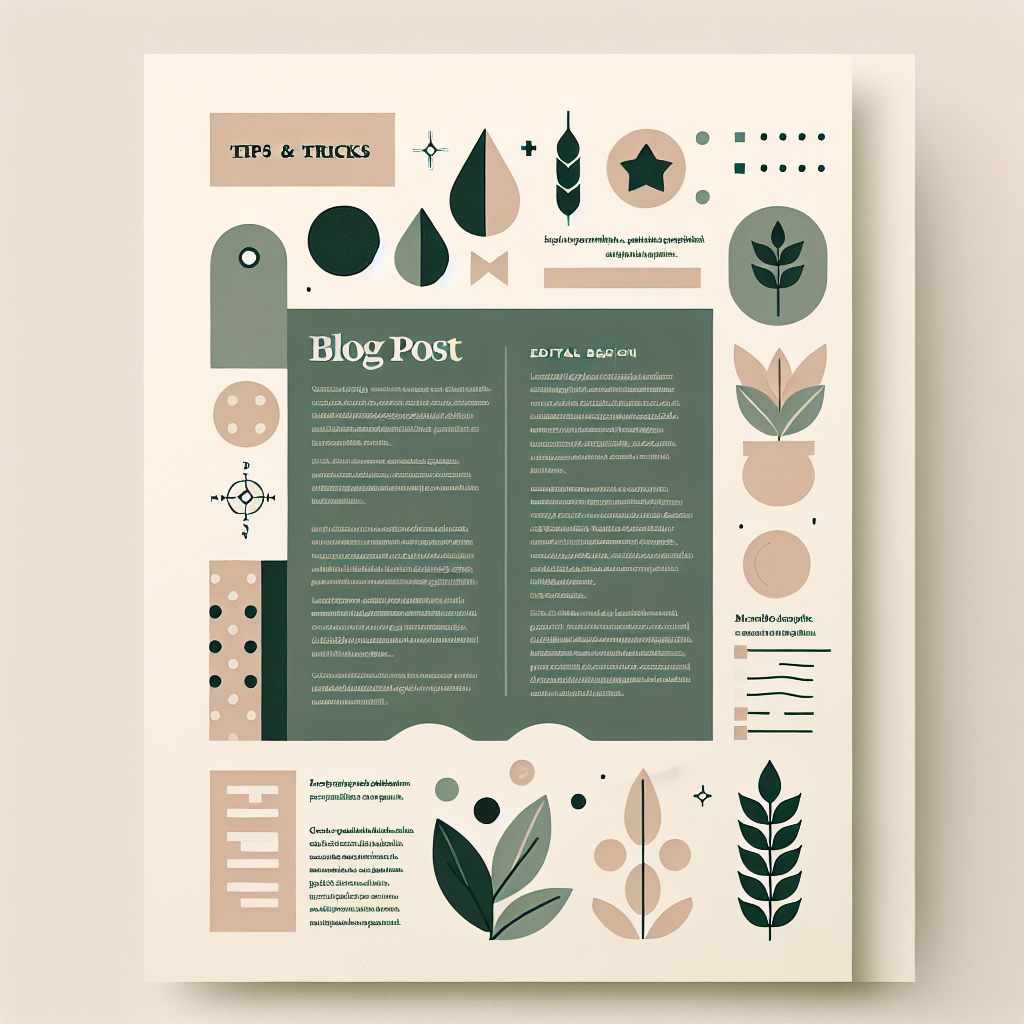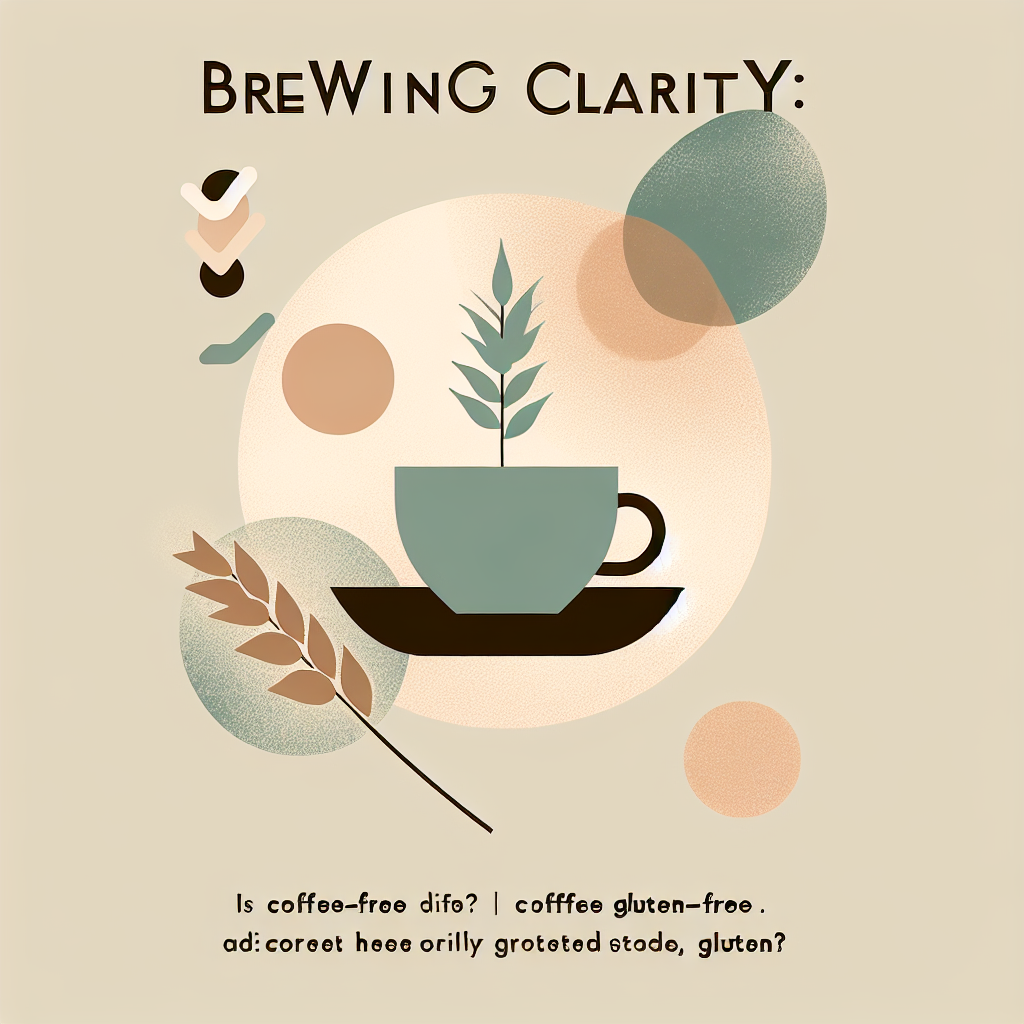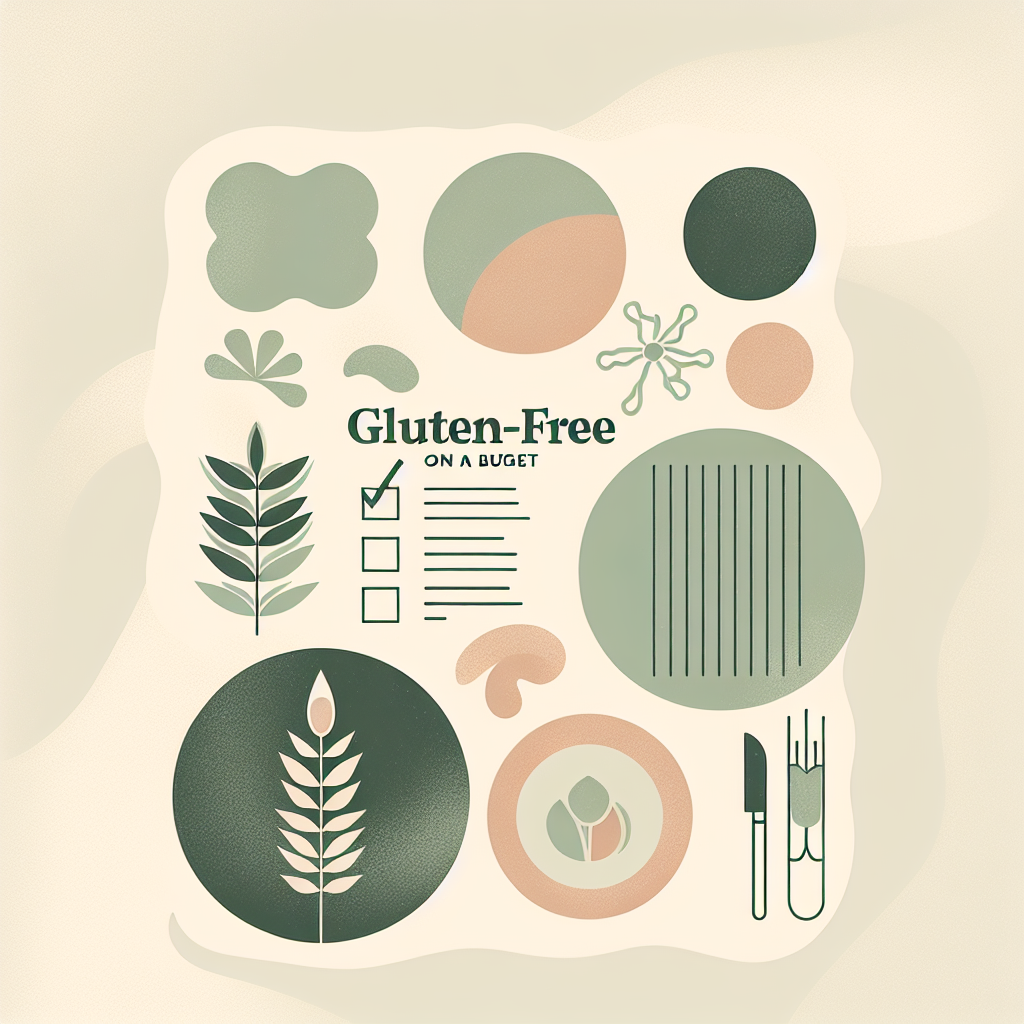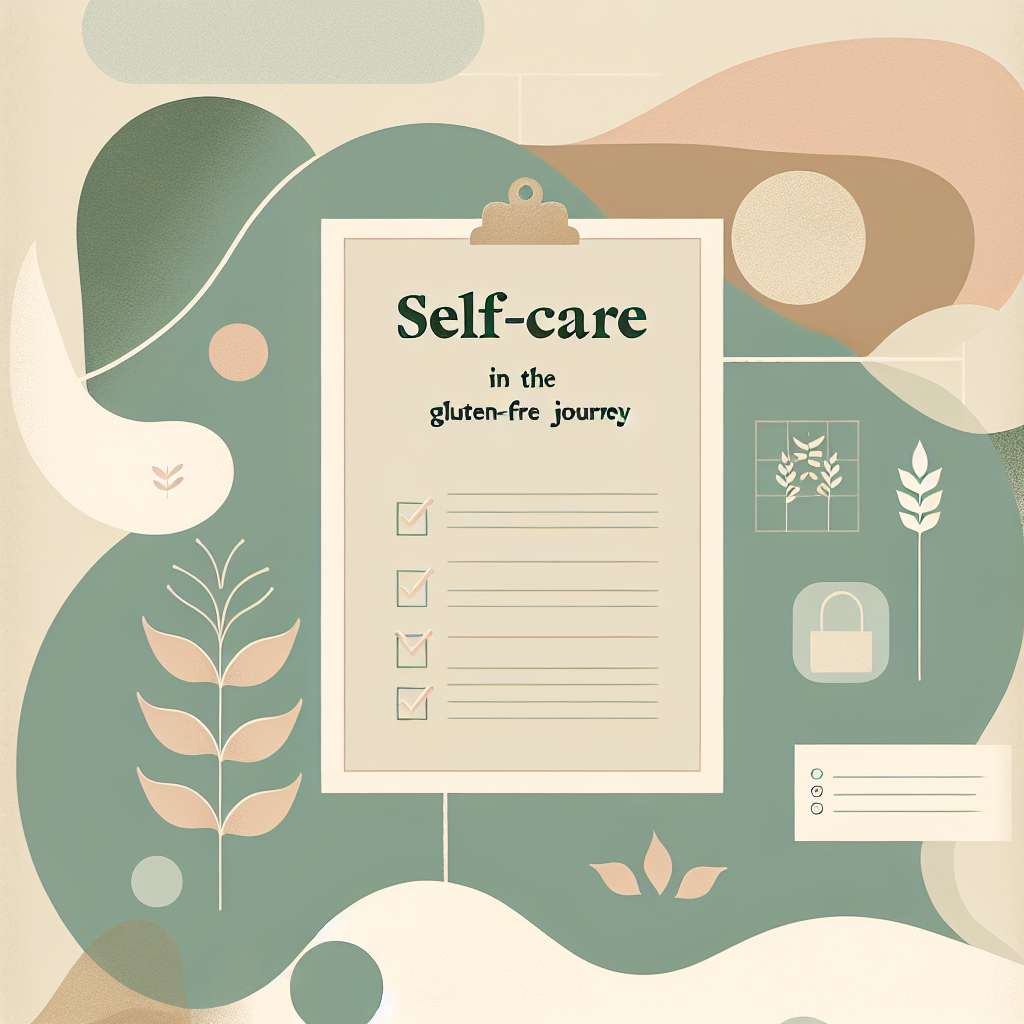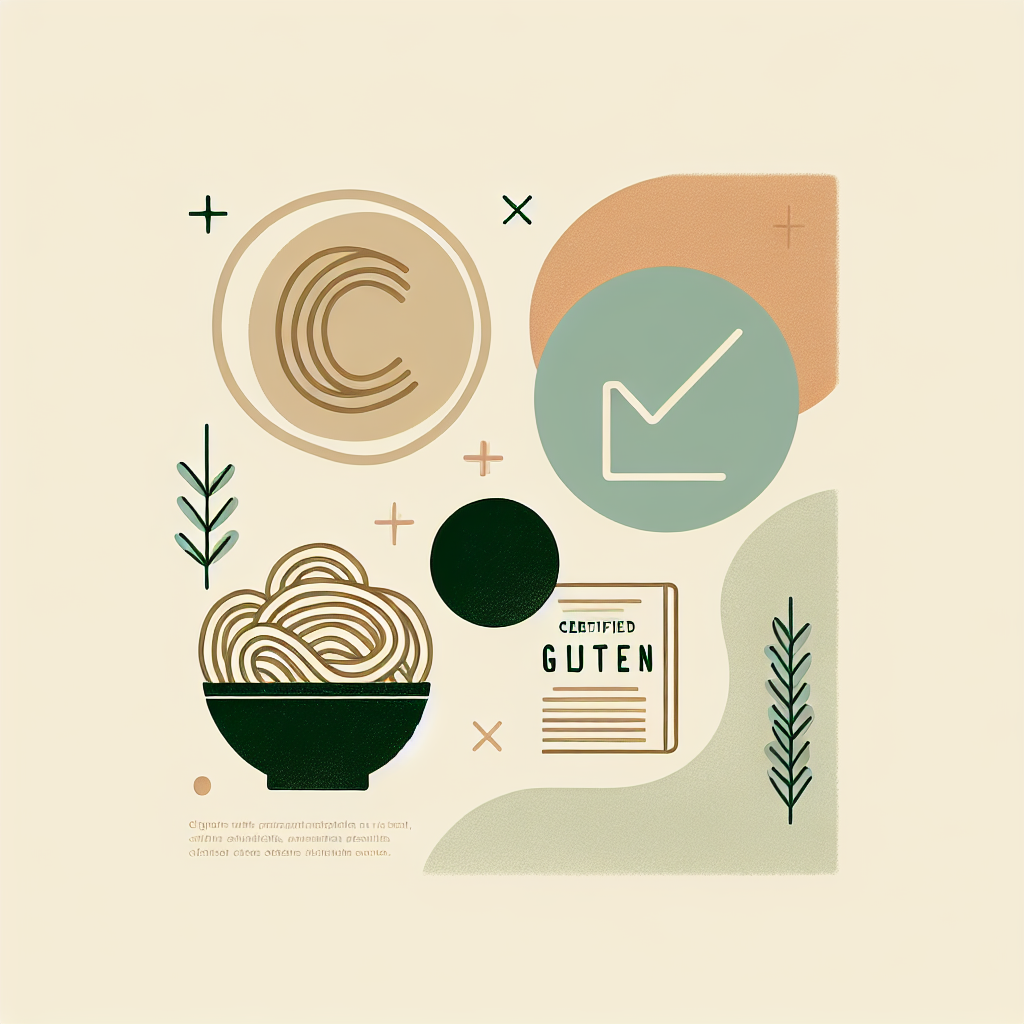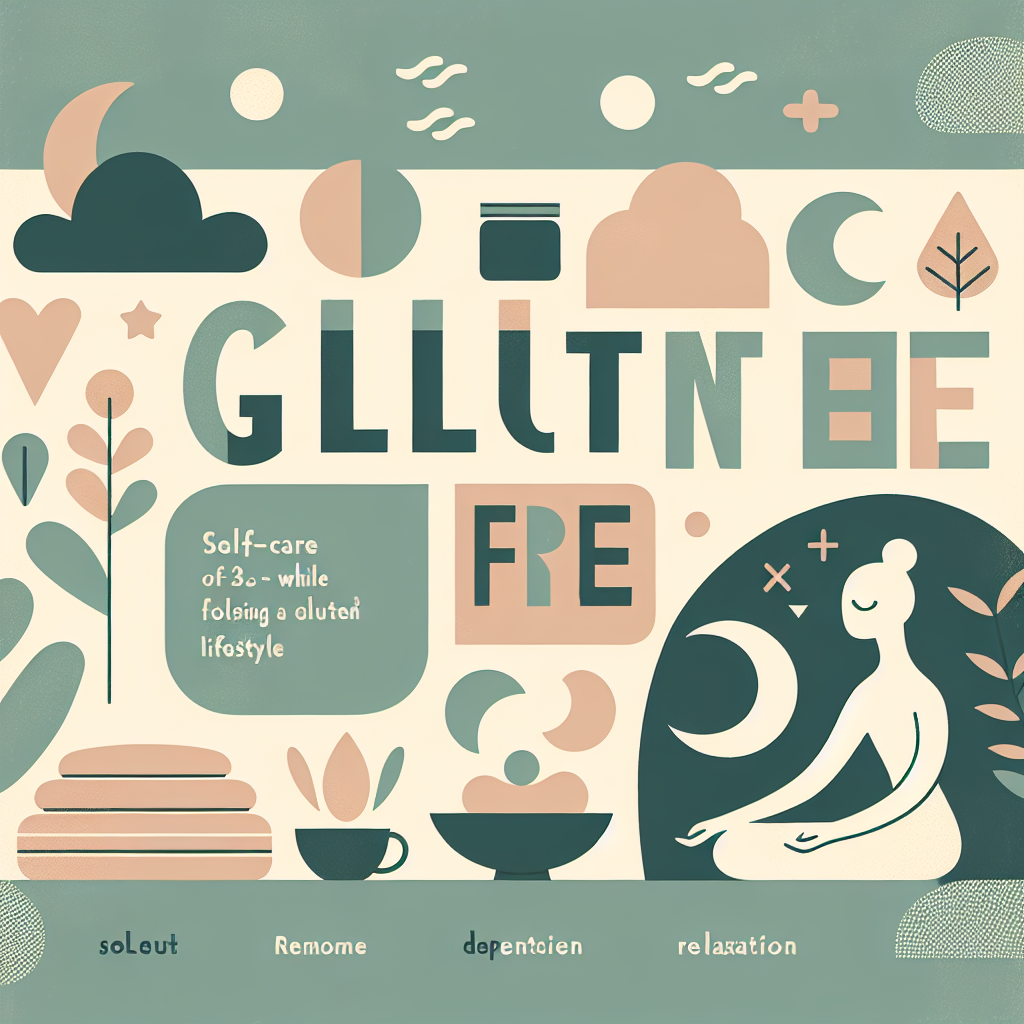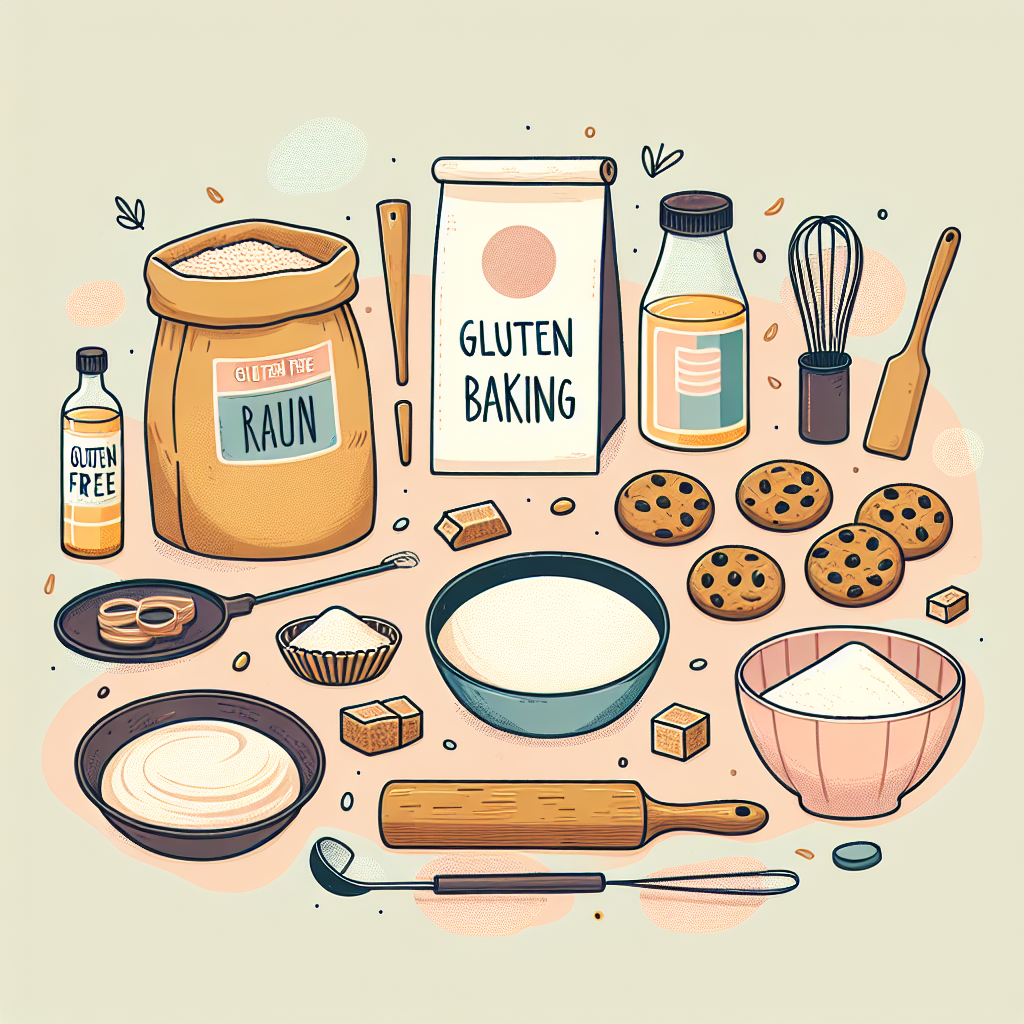Gluten-Free Delights: Your Brunch Menu Decoded
Guess what? I just cracked the code on your perfect weekend gluten-free brunch menu. And, before you ask, yes, every single item here is gluten-free, and no, you won’t miss the gluten at all! #1 A Comforting Bowl of Acai & Berry Smoothie Bowl Start your day with this super easy, super delicious, and super healthy Acai & Berry Smoothie Bowl. This is a fantastic way to sneak in some fruits and nuts early in the morning. The best thing about a smoothie bowl is that it’s customizable. Don’t like strawberries? Substitute them for mangoes. Want more protein? Add a scoop of your favorite gluten-free protein powder. Remember, the key here is to make something that not only looks good but makes you feel good as well. Before you dive headfirst into this bowl of goodness, here’s a quick tip from our “5 Must-Try Gluten-Free Breakfast Ideas” post: always make sure your protein powder is gluten-free, because not all of them are. #2 The Star of the Show: Leek and Smoked Salmon Quiche Now, let’s move on to the star of our brunch: A Leek and Smoked Salmon Quiche. Crumbly, buttery crust stuffed with smoky salmon, tender leeks, and creamy, melted cheese – this meal screams comfort. With my addition of nutritional yeast in the crust, you’ll get a hint of cheesy tang without any additional dairy. Check out this ‘Decoding Food Labels for Gluten-Free Products’ post to learn more about the importance of verifying ingredients you’ve never used before. Just because something says it’s ‘yeast’ doesn’t mean it’s gluten-free. #3 Sweeten the Deal: Almond Flour Pancakes with Maple Syrup Round off your brunch with these fluffy and slightly nutty almond flour pancakes. I think I hear your tummy rumbling already! The fantastic thing about using almond flour is its rich nutrient profile, packed with healthy fats, protein, and vitamins. Also, almond flour gives a tender crumb, considered by many to be superior to traditional wheat flour pancakes. Pair these pancakes with some pure maple syrup and fresh fruits, and you’re in for a treat. While maple syrup is naturally gluten-free, always remember to check the labels for potential cross-contamination in processing. Just like that, in three simple steps we’ve created your perfect weekend brunch menu. Apart from being gluten-free, these meals are packed with health benefits, thanks to the generous use of fruits, nuts, and lean protein. But more than anything else, these recipes are proof that a gluten-free lifestyle doesn’t mean compromising on flavor. On the contrary, you can have foods that are healthy, delicious, and gluten-free. Of course, brunch is more than just food; it’s also about creating an atmosphere. So pour yourself a cup of gluten-free coffee or tea, play some soothing music, and relish the moment of enjoying an incredible gluten-free meal. Cooking and eating gluten-free doesn’t have to feel like a chore. When it’s filled with delicious and appetizing meals, you will look forward to every mealtime. As you browse through these recipes, remember that it’s all adjustable. If you find something you don’t like or can’t have, don’t fret, replace it with what you love and enjoy. Gluten-free cooking is not a ‘one size fits all’ recipe. It’s customizable to your taste, your nutrition requirements, and your pleasure. In the end, I hope these brunch recipes inspire you to spend a few more minutes in the kitchen cooking rather than worrying about gluten hiding in your food. Joy in what you eat is a significant step towards joyful living. So go ahead and munch away! **Category: Baking & Cooking Science**

